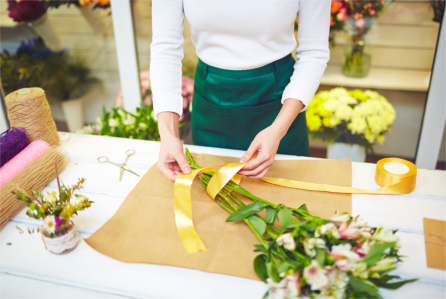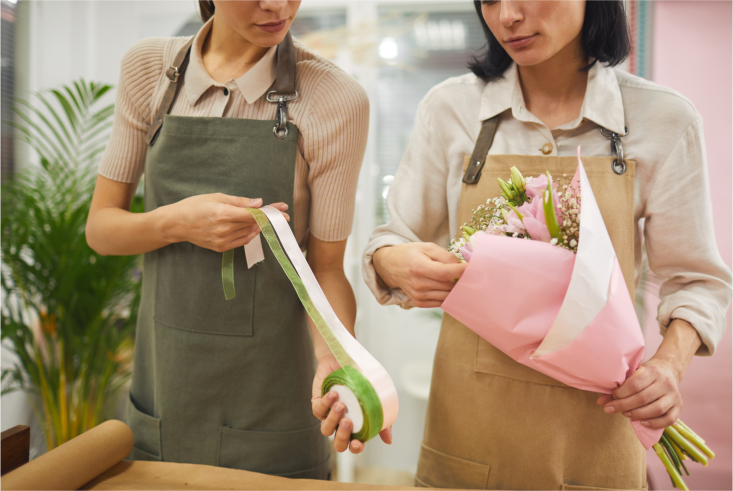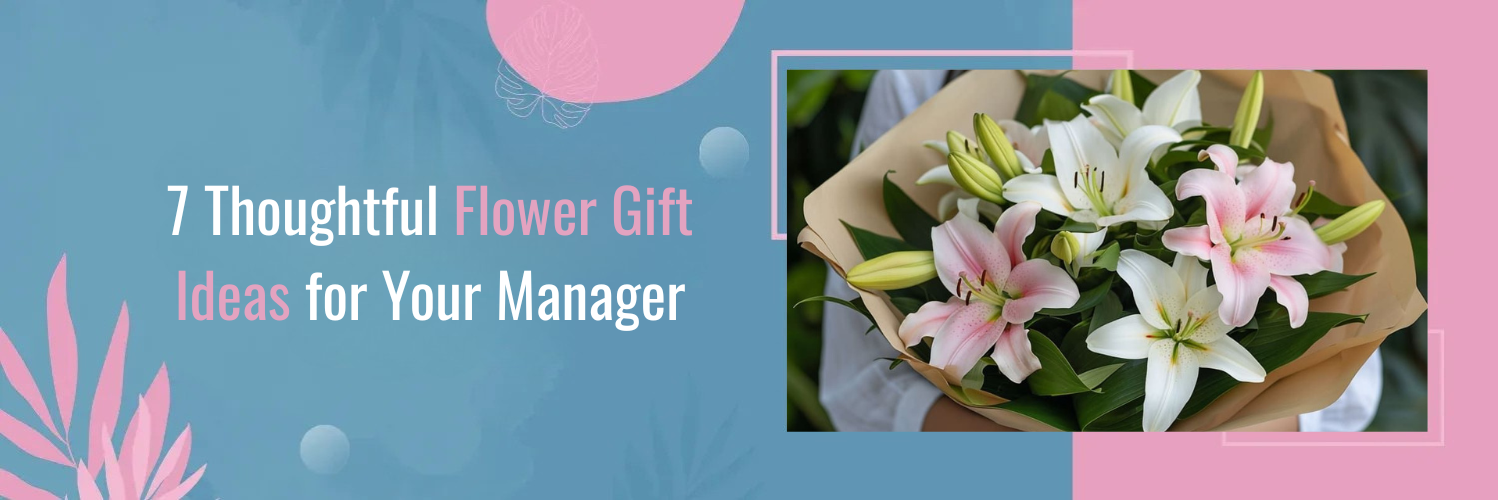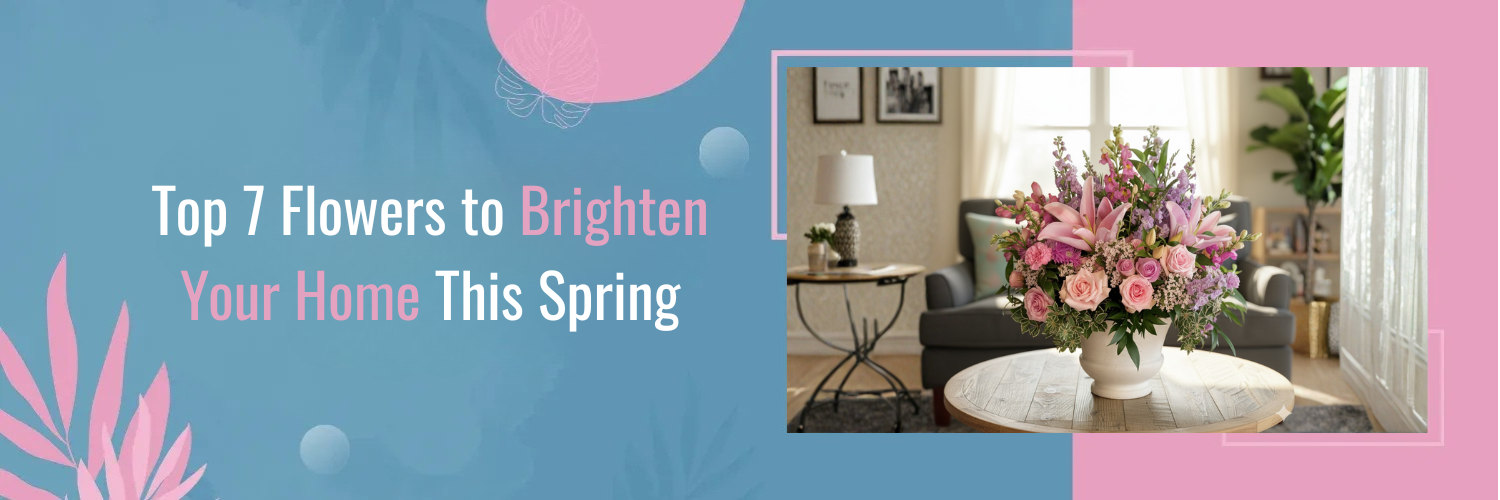Essential Tools and Materials
To embark on your journey of mastering bouquet wrapping, it’s crucial to have the right tools and materials at your disposal. These elements not only streamline the wrapping process but also contribute to the overall elegance and durability of your floral arrangements.
Tools for Bouquet Wrapping:
- Floral Tape: This flexible and adhesive tape is a staple for securing stems and creating a solid base for wrapping. It provides a tidy finish and holds the bouquet together.
- Scissors or Pruners: A reliable pair of scissors or pruners is essential for cutting stems to the desired length and ensuring a neat and professional appearance.
- Pins: Floral pins, also known as corsage pins, are used to secure the wrapping in place. They add a touch of elegance and prevent the wrapping from unraveling.
- Adhesive: Floral adhesive or glue can be used to secure the end of the wrapping and keep it in place, especially for delicate or intricate designs.
- Wire Cutters: If you plan to incorporate wire elements, such as decorative accents or embellishments, wire cutters are invaluable for trimming and shaping.
- Mist Spray Bottle: A mist spray bottle filled with water allows you to lightly hydrate the flowers before wrapping them, helping to maintain their freshness.
Wrapping Materials
- Wrapping Paper: Choose from a variety of wrapping papers in different colors, patterns, and textures to create a customized look that suits the occasion.
- Fabric: Delicate fabrics like silk, organza, or lace can add a touch of luxury and elegance to your bouquet wrapping. They create a soft and visually appealing texture.
- Biodegradable Materials: For an eco-friendly approach, consider using materials like burlap , twine, or recycled paper. These options align with sustainable practices.
- Ribbon: The choice of ribbon can greatly influence the overall presentation. Opt for satin, grosgrain, or velvet ribbons in various widths and colors to match your bouquet’s style.
Decorative Elements
- Beads and Charms: Tiny beads, pearls, or charms can be added to the wrapping to personalize the bouquet and convey special sentiments.
- Lace or Ribbon Accents: Adorn the wrapping with strips of lace or ribbon to introduce intricate patterns and textures that enhance the bouquet’s visual appeal.
- Patterned Paper: Decorative paper with printed designs can be creatively folded or layered to add a unique and artistic touch to the bouquet’s presentation.
By having these essential tools and materials at your disposal, you’re well-equipped to embark on your bouquet wrapping journey. Remember that the combination of your creativity, attention to detail, and the right materials will result in beautifully wrapped floral arrangements that capture the essence of any occasion.
Preparing the Bouquet
The foundation of an exquisite wrapped bouquet lies in the careful preparation of the flowers and foliage.
- Begin by selecting a diverse range of blooms, considering their colors, shapes, and sizes to create an engaging and visually appealing arrangement.
- Trim the stems at an angle to ensure they can absorb water efficiently, thus prolonging the bouquet’s freshness.
- Removing any excess foliage from the stems prevents water contamination and helps maintain the bouquet’s vitality.
- As you assemble the bouquet, pay attention to balance and proportion. Vary the heights and angles of the flowers to achieve a harmonious and eye-catching composition.
Basic Bouquet Wrapping Technique

Mastering the basic bouquet wrapping technique is the cornerstone of creating polished and visually captivating floral arrangements. This foundational method ensures that your bouquet is securely held together while providing a clean canvas for further embellishments. Follow these step-by-step instructions to perfect this technique:
Prepare the Stems
- Trim the stems of your flowers to a uniform length, typically about one and a half times the height of the chosen wrapping material.
- Remove any excess leaves or thorns from the lower part of the stems to prevent water contamination.
Start Wrapping
- Begin by holding the bouquet at the point where you want the wrapping to start, typically a few inches above the cut ends of the stems.
- Secure the stems together with a piece of floral tape, ensuring a snug fit without crushing the stems.
Wrap the Tape
- Hold the floral tape at a slight angle and start wrapping it around the stems in a downward spiral motion.
- Maintain a gentle tension on the tape as you wrap to ensure it holds the stems together firmly.
Overlap and Continue
- As you wrap, slightly overlap each layer of tape over the previous one, covering the entire exposed length of the stems.
- Continue wrapping down the length of the stems, adjusting the angle of the tape to ensure even coverage.
Secure the End
- Once you’ve reached the end of the stems, secure the tape by wrapping it tightly around itself a few times.
- Alternatively, you can use floral adhesive or pins to ensure the wrapping stays in place.
Final Touches
- Gently smooth out any wrinkles or uneven areas in the wrapping by pressing the tape with your fingers.
- Ensure that the wrapping is tight enough to hold the bouquet securely, but not so tight that it damages the stems.
By mastering this basic bouquet wrapping technique, you create a sturdy and elegant foundation for further embellishments and decorative elements. Keep in mind that practice and attention to detail are key to achieving a flawless finish. As you become more comfortable with this technique, you can begin experimenting with different wrapping materials, colors, and textures to create truly unique and captivating floral arrangements.
Creative Wrapping Styles
Exploring creative wrapping styles allows you to infuse your bouquet presentations with a touch of artistry and individuality. These distinctive techniques can transform your floral arrangements into captivating works of beauty that leave a lasting impression. Let’s delve into two unique wrapping styles and tips for experimenting with various effects:
Cascading or Waterfall Technique

The cascading or waterfall technique adds an element of grace and movement to your bouquet wrapping. This style creates a visually stunning effect where the flowers appear to cascade gracefully from the wrapping, resembling a waterfall. Here’s how to achieve this elegant look:
- Select Your Flowers: Choose flowers with long, flowing stems, such as orchids, calla lilies, or trailing greens. These will contribute to the cascading effect.
- Wrap at an Angle: Start wrapping the bouquet as you would with the basic technique, but angle the tape slightly downward. This encourages the stems to naturally flow outward.
- Allow the Cascade: As you continue wrapping, gradually angle the tape more downward, allowing the flowers to spill out from the wrapping. Maintain a gentle tension to keep the stems secure.
- Secure the End: Once you’ve achieved the desired cascade, secure the end of the wrapping with tape, adhesive, or pins. Ensure the wrapping is secure enough to hold the bouquet in place.
Tussy-Mussy or Nosegay Technique

The tussy-mussy or nosegay technique involves tightly wrapping the bouquet for a compact and charming presentation. This style is perfect for smaller arrangements and occasions that call for a more traditional and refined look.
- Choose Petite Blooms: Opt for smaller blooms like roses, sweet peas, or daisies that can be arranged closely together within the wrapping.
- Wrap Tightly: Wrap the bouquet stems tightly and evenly with floral tape, creating a clean and compact bundle.
- Trim Excess Stems: Trim the stems to a uniform length, ensuring they are concealed by the wrapping. This creates a neat and polished appearance.
- Enhance with Ribbons: Finish the tussy-mussy by wrapping a decorative ribbon tightly around the stems, further emphasizing the compact and charming presentation.
Tips for Experimentation
- Combine Wrapping Styles: Don’t be afraid to blend different wrapping techniques within a single arrangement. For example, you can create a cascading effect on one side of the bouquet while keeping the opposite side tightly wrapped.
- Play with Textures: Experiment with textures by incorporating fabrics like lace, burlap, or silk into your wrapping. These textures can enhance the tactile appeal of your bouquet.
- Layer and Mix Materials: Layer different materials, such as wrapping paper, ribbon, and fabric, to add depth and visual interest to your bouquet presentation.
- Embrace Color Variations: Choose wrapping materials and colors that complement or contrast with the bouquet’s blooms. This can create a harmonious and visually striking arrangement.
By exploring these creative wrapping styles and experimenting with various techniques, you can elevate your bouquet presentations to new heights of artistic expression. The key is to let your creativity flow and adapt these techniques to suit your personal aesthetic and the occasion at hand.
Incorporating Decorative Elements
Take your bouquet wrapping to the next level by incorporating decorative elements that reflect the recipient’s personality or the occasion’s theme.
- Consider adding beads, charms, or trinkets that hold sentimental value, creating a personalized and heartfelt gift.
- Delicate lace or textured fabric can introduce tactile interest, adding depth and dimension to the wrapping.
- Additionally, patterned paper can introduce playful or elegant motifs, enhancing the overall visual appeal.
- Strive for a harmonious balance between the bouquet and the decorations, ensuring that each element complements the other seamlessly.
Wrapping for Different Occasions
Tailoring your bouquet wrapping to suit various events allows you to convey the appropriate sentiment and enhance the overall experience.
- For weddings , consider elegant and timeless wrapping styles that evoke romance and sophistication.
- Birthdays offer the opportunity to experiment with vibrant colors and playful embellishments.
- Anniversaries may call for a more refined and sentimental approach.
Choosing wrapping materials, colors, and techniques that align with the occasion’s theme ensures that your bouquet becomes an integral part of the celebration’s ambiance, making it an unforgettable gift.
Longevity and Presentation
Preserving the freshness of your wrapped bouquet is essential to ensure its lasting beauty.
- To extend the bouquet’s lifespan, mist the flowers lightly with water before wrapping to keep them hydrated.
- Once wrapped, place the bouquet in a vase with enough water to maintain hydration without saturating the wrapping.
- When transporting the bouquet, secure it upright and prevent excessive movement to avoid damage.
- When presenting the bouquet, gently unwrap it to reveal the full splendor of the arrangement.
- Hold the bouquet by the stems, allowing the blooms to cascade naturally for a breathtaking reveal.
Conclusion
Mastering the art of bouquet wrapping truly sets your arrangements apart as thoughtful and extraordinary tokens of care. With the techniques and insights shared in this guide, you now have the tools to turn every bouquet into a masterpiece that speaks volumes of your attention to detail and heartfelt sentiments. Remember, each wrap is a canvas for your creativity to flourish, allowing you to tailor your presentation to the occasion and recipient.
To explore an exquisite range of handcrafted bouquets and professional wrapping services, we invite you to discover more about the products offered by Bourkes Florist. Elevate your floral gifting experience and leave an indelible mark of beauty and thoughtfulness. Visit www.bourkesflorist.com.au today.
FAQs
Q: What is the purpose of bouquet wrapping?
Bouquet wrapping serves both functional and aesthetic purposes. Functionally, it holds the bouquet together, prevents damage during transportation, and helps maintain the flowers’ freshness. Aesthetically, it enhances the presentation, adds a touch of elegance, and provides an opportunity for personalization.
Q: Can I reuse wrapping materials for different occasions?
Yes, you can reuse wrapping materials if they are in good condition. However, consider the theme and significance of each occasion to ensure the wrapping complements the event appropriately.
Q: How do I prevent the bouquet from wilting while wrapped?
Mist the flowers with water before wrapping to keep them hydrated. Place the bouquet in a vase with water, ensuring the stems are submerged without wetting the wrapping excessively.
Q: Are there specific flowers that work better with certain wrapping styles?
Certain flowers, like long-stemmed roses, lilies, or tulips, work well with cascading styles, while compact blooms like carnations or daisies suit tighter wrapping techniques. However, feel free to experiment and mix flower types for a unique look.
Q: What are some alternative eco-friendly wrapping materials?
Consider using biodegradable materials like burlap, natural twine, or recycled paper for an eco-friendly and sustainable approach to bouquet wrapping.

























